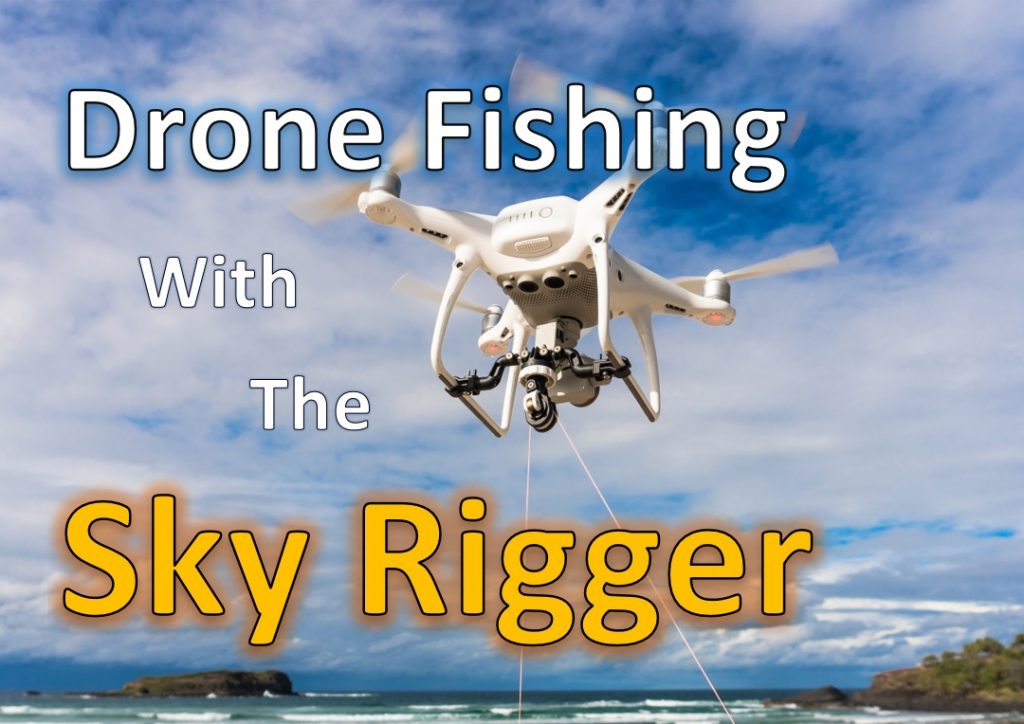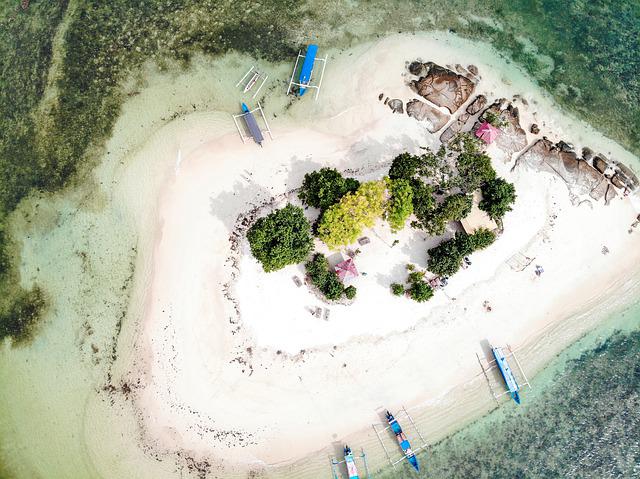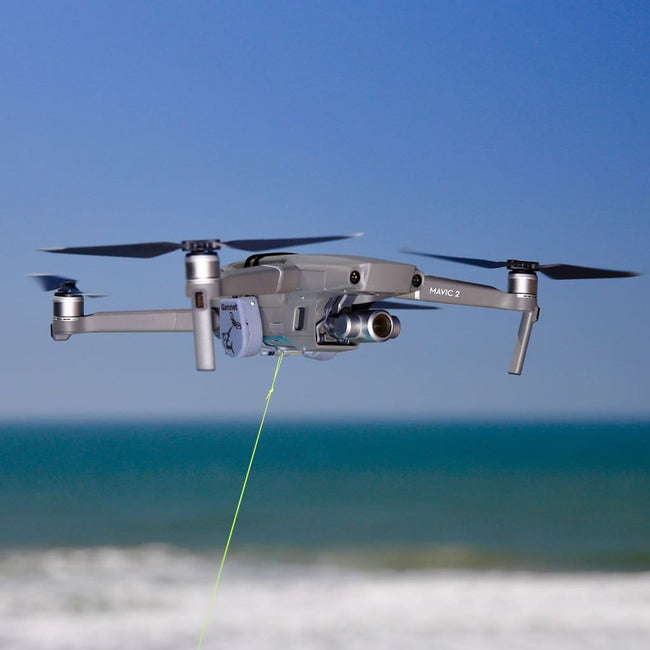
If you're a fisherman looking to land the big catch of your dreams, a drone could be the answer. A drone makes it easy to map out a location and many drones come with a Cable Cam feature. This allows you use the drone as a cable to fly it. Cable cam is especially helpful when you are looking for fishing spots. When not in use, the drone can be folded and stored in your fishing bag.
Fisherman FD1
You want a drone that is good for fishing but not great for you. If so, consider investing in a Fisherman FD1 drone fishing kit. The drone features a GPS pod elevated and an altimeter pod that allow for precise positioning and control. The GPS and the altimeter will reduce interference by the surrounding environment. The drone's compass will always point north, preventing you from accidentally resetting the drone. The push-button remote can be used for color HD real time views. The remote control range is 1600m. Finally, the Fisherman FD1 drone is now possible to be controlled from a remote control.
The SwellPro Fischerman waterproof drone is equipped with a HD camera, FPV goggles and a waterproof propeller. It has an impressive 2kg bait capacity and can drop a 2-kg bait into the water. It has an internal waterproofing system and a flight time of up to 30 seconds. You can buy an additional camera or FPV goggles to increase the drone's durability.
Cuta-Copter Ex-1
When you're ready to fly your own drone, the Cuta-Copter Ex-1 is a great choice. You can capture stunning photos and video at a distance with this drone. It has a range from 3.5 to 5 miles, and a battery lifetime of five hours. The drone's maximum flight time is only 30 minutes. That is plenty of time to cast your hook and use the return to base feature. You won't need to worry about it crashing when you cast.

Cuta-Copter EX-1 is waterproof and can flot on water. The Ex-1 drone can hold up to 3 kg of bait. The drone does not come with a battery or charger. However, the Cuta-Copter app can be used to remotely control the drone while you fish. This gives you the best both of them. It's an incredible experience to learn how to fish with the Cuta-Copter E-1 drone.
Upair
The Upair is a more simple-to-use and easy-to modify drone fishing equipment than others. You can use it to capture incredible footage. The drone can fly for approximately 20 minutes and has a range that is 0.5 kilometers. Its camera is high-resolution, while its controller has a seven-inch LCD screen. Upair's GPS and FPV monitor transmission ensure that you always receive the best view of the lake you're fishing from. The drone can be programmed with a destination address, and can return to home automatically when the signal is lost.
Upair offers a drone fishing kit with a downrigger attachment. It can be attached easily to the landing gear of your remote controlled fishing machine. This feature can significantly reduce the amount of fishing work you have to do, while enabling you to focus on catching fish. The downrigger can be connected with your fishing rod or bait. The drone will fly through the air and drop your bait at the spot you select. You can even attach your drone to your fishing boat to drop your bait!
Cosee unmanned aircraft system
Cosee's UAS drone fishing kit features a few distinctive features that make it stand out as a new fishing tool. You can cast your line at an altitude of more than 98 feet and see what you are fishing for. It also has a fishfinder and a camera, so you can record your fishing adventures. This technology is great for surfing fishing. You can drop your bait far from the boat but still have deep enough water to catch the fish.

To take full advantage of this amazing technology, it is important to know the rules and regulations of flying your drone above water bodies. If you are fishing, it is best to keep your drone about 40-60ft away from your boat. You should keep your drone's speed steady so that you don't run into any buildings, people, or power lines. You can also use this system to film other fishermen's fishing excursions, or even to share them with your own followers.
FAQ
What are the rules and regulations for drones operation?
Register your drone with the FAA. The registration process requires you to provide information about your device, such as its weight, dimensions, battery capacity, operating frequency, and battery life. It also requires you to obtain an identification number from the FAA.
What law applies to drones that fly over private property?
The FAA has recently issued new rules for commercial drone flights. These rules apply to UAVs with a weight less than 55lbs and that fly at a height of below 400 feet from the ground. Commercial operators must register with the FAA and obtain a license from the agency. They must also obtain permission from local authorities if they plan to operate in restricted areas, such as airports.
What type of batteries can a drone use to charge its batteries?
Drones are powered by lithium-ion battery. A typical drone runs on between 3 and 6-volts.
What is the difference in a quadcopter from a hexacopter.
A quadcopter is a four-rotor helicopter that flies like a traditional helicopter. The quadcopter has four independent rotors. The hexacopter can be described as a quadcopter but has six rotors, instead of the usual four. Hexacopters have more stability and maneuverability than quadcopters.
Can I fly my drone indoors
You can fly your drone indoors. You just have to ensure no obstacles or hazards inside your home. Avoid flying near heating vents, heating vents and air conditioning units.
Are you interested in flying with a drone while on the road?
Drones are becoming more and more popular for personal and professional use. They are used to film, fly, map, rescue and search and rescue. A number of new regulations have been approved by the FAA for drones. These include registration, licensing, pilot training and insurance. These modifications will ensure that drones remain safe and secure for all involved.
Statistics
- According to ZipRecruiter, the minimum hourly wage of drone pilots is $20. (thedroneu.com)
- According to the multiple listing service (MLS), houses and apartments with drone photographs are up to 68 percent more likely to sell than those without pictures. (thedroneu.com)
- With the top 10% making over $100/h and the bottom 10% making as low as $10/h. (dronesgator.com)
External Links
How To
How to Fly Drones for Beginners
A drone can be used to fly remotely controlled aircraft for photography, surveillance, scientific research, hobby and commercial purposes. Drone technology has existed since World War II. DJI's Phantom series quadcopters were first commercially available in 2010. Many types of drones have been made available since then, from beginner-friendly models such as the Parrot AR Drone 2.0, to high-end multi-rotor craft such as the DJI Mavic Pro.
There are many options for flying a drone.
-
Remote control – This technique uses a control device attached directly to your hands that allows you steer the drone around its flight path. There are two main types: Joysticks (like a radio), and On/Off switches (like an alarm clock).
-
Manual Control- This allows you to control your drone remotely via GPS coordinates. You must keep track of the location where you want the drone to go and follow the instructions from the app.
-
Autonomous Flying - This allows the drone to take over all of the piloting duties. It basically flies autonomously without any human intervention. It must have a builtin camera, sensors capable of taking images and data to enable autonomous flight.
-
Triggered flight - This is similar to manual control except that the pilot sets up a preprogrammed route and the drone follows the route until it reaches its destination. The drone automatically lands once the route has been completed and returns to the base.
-
Landing Gear - Some drones come equipped with landing gear that allows them to land safely if they lose power or run out of battery during flight.
-
Goggles: Some pilots use goggles in order to protect themselves against debris when operating.
-
Camera – Some drones have cameras, which allow you to take photos or videos from up high.
-
Obstacles – Some drones have obstacle avoidance systems that stop them from colliding with obstacles.
-
Speed - Drones can reach speeds up to 40 mph.
-
Battery Life – Most drones will last 20 minutes to three hours depending on how powerful they are.
-
Range - Some drones can travel upto 30 miles depending on their models.
-
Power source - Some drones require an external power source; others work off internal batteries.
-
Weight – Some drones are less than one pound, while other models can be up to four pounds.
-
Size - The size of drones varies from small, easily carried devices to more substantial crafts that weigh in excess of 50 pounds.
-
Price – All drones fall into a price category. These range from expensive models that cost thousands to affordable options that start at 100 dollars.